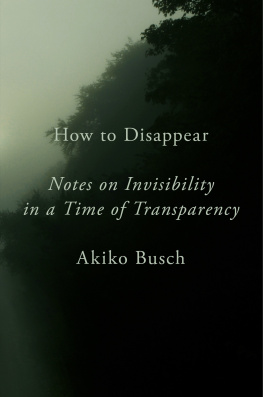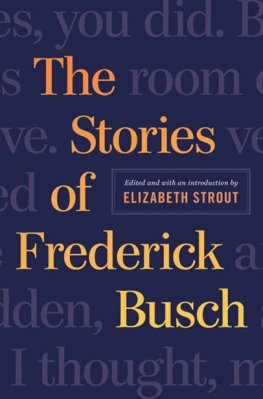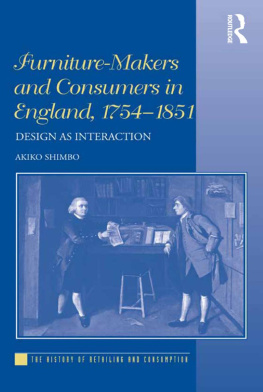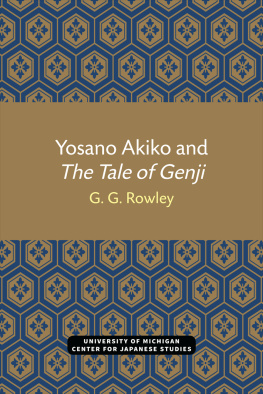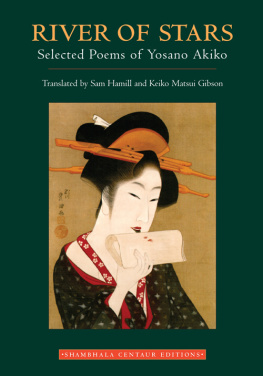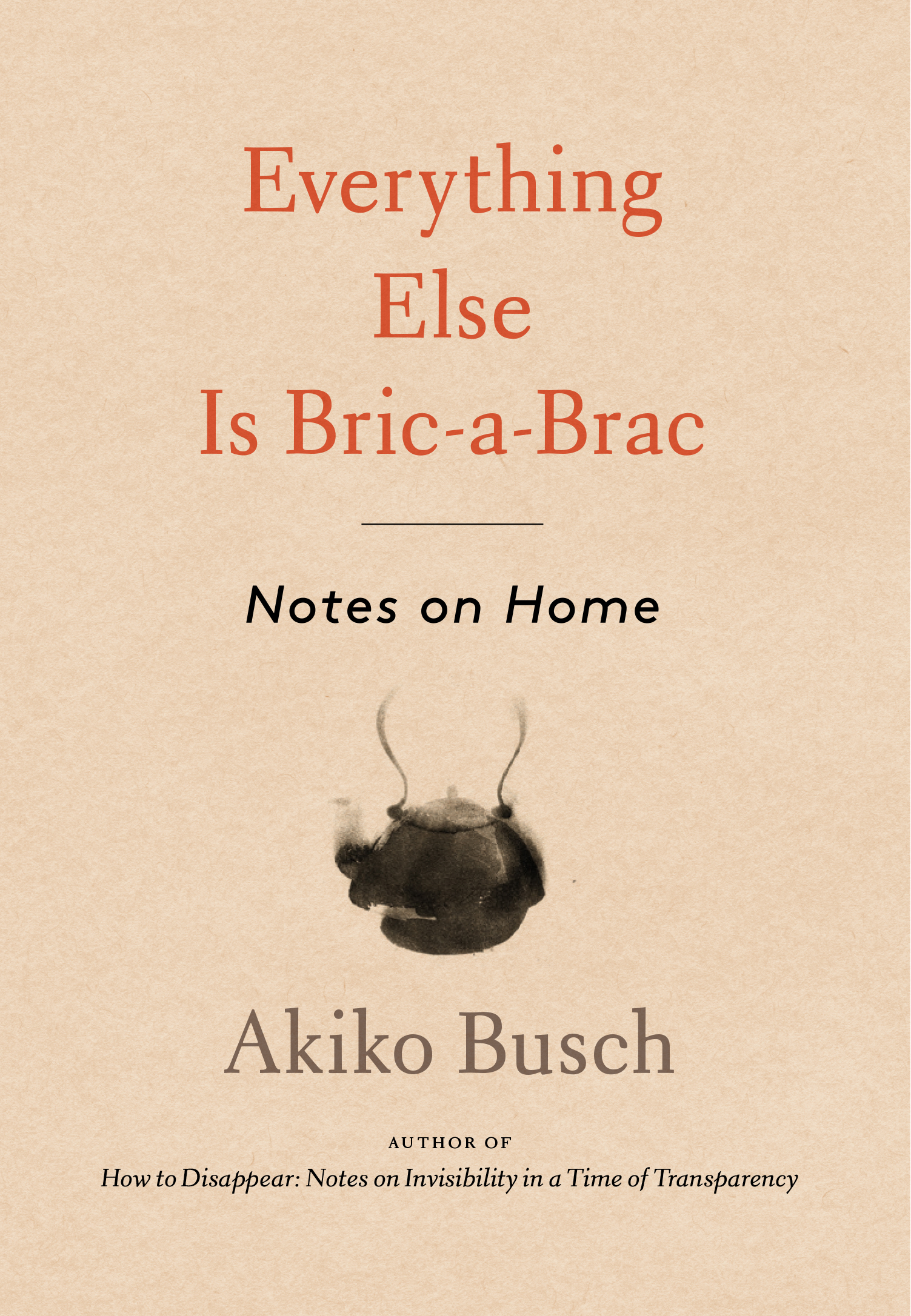Contents
Guide
Pagebreaks of the print version



When I say the first line of the Lords Prayer, Our father who art in heaven, I imagine this heaven as invisible, unenterable but intimately close. There is nothing baroque about it, no swirling infinite space or stunning foreshortening. To find itif one had the graceit would only be necessary to lift up something as small and at hand as a pebble or a salt-cellar on the table.
John Berger
Question your teaspoons.
GEORGES PEREC
Contents
Preface
Some years ago, I wrote a collection of essays called Geography of Home. I was interested then in our public and private lives, our memories of and aspirations toward home, and how our ideas about domestic space reflect our thoughts about society, culture, the natural environment. And how we search out comfort, privacy, security. The collection of short prose pieces here follows up on some of these ideas, though these look instead to the ambiguities that can be generated by ideas of home. They are more likely to read as leaflets on the uncertainties of domestic life; on ideas of placement and displacement; on the frailty and tenacity of human memory; on the beauty of use and uselessness alike; and how we doand dontfind our place in the world. Which is to say, if these short pieces are about being settled, they are also about being unsettled.
The distractions, missteps, miscalculations we experience at home can move us to identify discontents. And a sense of displacement can define something real. It seemed odd to me that while this realm of experience, sometimes even the abiding value of this realm of experience, may appear in fiction, memoirs, biographies, and poetry, it is addressed less often in the archives of design writing. Still, it is common to human considerations of the material worldin the deliberate imperfection in Navajo weaving that serves as the spirit path for the weaver; in the cracked bowl of the Japanese potter reflecting the wabi-sabi belief that nothing lasts, everything changes, nothing is perfect; in the misplaced patch of color in an Islamic rug, a reminder that human beings always fall short; in the flaw of an Amish quilt that is intended to reflect humility. But wait! That last one is a myth, I learned. Someone made it up! A lie!
Such errors, and errors about errors, are crucial to the way we live; they are all part of the way we find meaning in experience. Places come alive for us in myriad ways, as in the angle of sunlight falling through the window, say, or in the way a beat-up kitchen table conveys a sense of sufficiency. But rooms come to life in other ways as well: a desk next to a cold window in winter; an immovable piece of furniture; a decal on a childs window; the danger inherent in an electric fan or in a pressure cooker; a fireplace that has been boarded up and appears to be useless. How we remember places, rooms, and the things in them may be as flawed as the way we remember anything else, but such defective memories have meaning too. I am interested in such breaks in pattern, the missing thread, the lost stitch, the loosened tile, the splinter in the floorboard, the lie of the quilt, and the possible grace that might be offered by such small flaws and inadequacies.
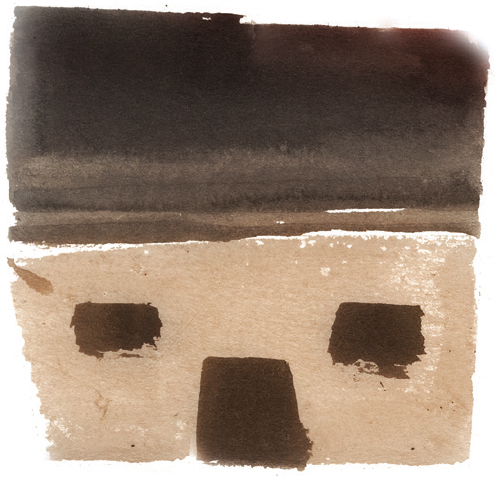
Festival
When I was a very young child, one of my favorite books was Mei Li. Written and illustrated in the 1930s by an American graphic artist named Thomas Handforth, it told the story of a young girl in rural North China. Her confinement is explicit. The house is covered in snow and surrounded by a wall, and girls are meant to stay at home. All the same, Mei Li sneaks out one morning with her brother, hops on an ice sled, and attends the New Years celebration in the nearby city.
There she encounters a palace, a toy shop, a bell tower, a bridge of wealth. She spends a penny on firecrackers. She sees girls walking on stilts, encounters a bear doing tricks, dances on the back of a Mongol circus pony, encounters a priest who, in exchange for her coral-red marble, predicts that she will rule over a kingdom. At storys end, she is both exhilarated and exhausted and returns home on the back of a camel barely in time to meet the Kitchen God. Appearing through the smoke and flame of incense, he tells the small girl that it is her own household that will be her empire.
Looking back over this now, I see of course that there are countless ways to read this story. A saga of gender discrimination; a narrative of cultural appropriation; a lens on a patriarchal culture that demeans females; a westerners condescending social perspective of Asian tradition; and so on. I Googled Handforth and learned that he was a shy graphic designer with a lifelong interest in Asian art. He traveled to China on a Guggenheim Fellowship, expecting only to spend a few weeks there, and ended up staying for six years. He took up lithography, which he felt was the correct medium with which to transcribe daily Chinese life. And it was during that time that he encountered a spirited four-year-old girl named Mei Li, the model for his heroine.
One of the curious things about Mei Li is that the action, such as it is, takes place at the festival: the priest under the pine tree, acrobatic girls who can throw pots and pans with their feet, a kite in the shape of a hawk, lanterns that look like fish. But when Mei Li finally arrives home and is told by the Kitchen God that her kingdom will be her own household, its dimensions are left unclear. Her dominion remains a mystery. There is no parallel drama or picturesque imagery, unless you consider the honey cakes and dumplings with which her mother has summoned the Kitchen God.
Today you might read that as some clever postmodern literary device in which the untold and unknown story manages to convey the same weight and interest as that story that is told. But I doubt it. I suspect instead Thomas Handforth was just one of those writers who knew that what is said in a story can sometimes be balanced by what is unsaid.
In any case, Mei Li is curious, observant, resourceful, nervy, and even the youngest readers are left with the impression that she has the imagination to recognize the richness that makes up her own sovereignty. It is an indefinite and uncertain territory with imprecise borders, unclear systems, and unknown rewards. That fact interested me then, and it continues to interest me now.
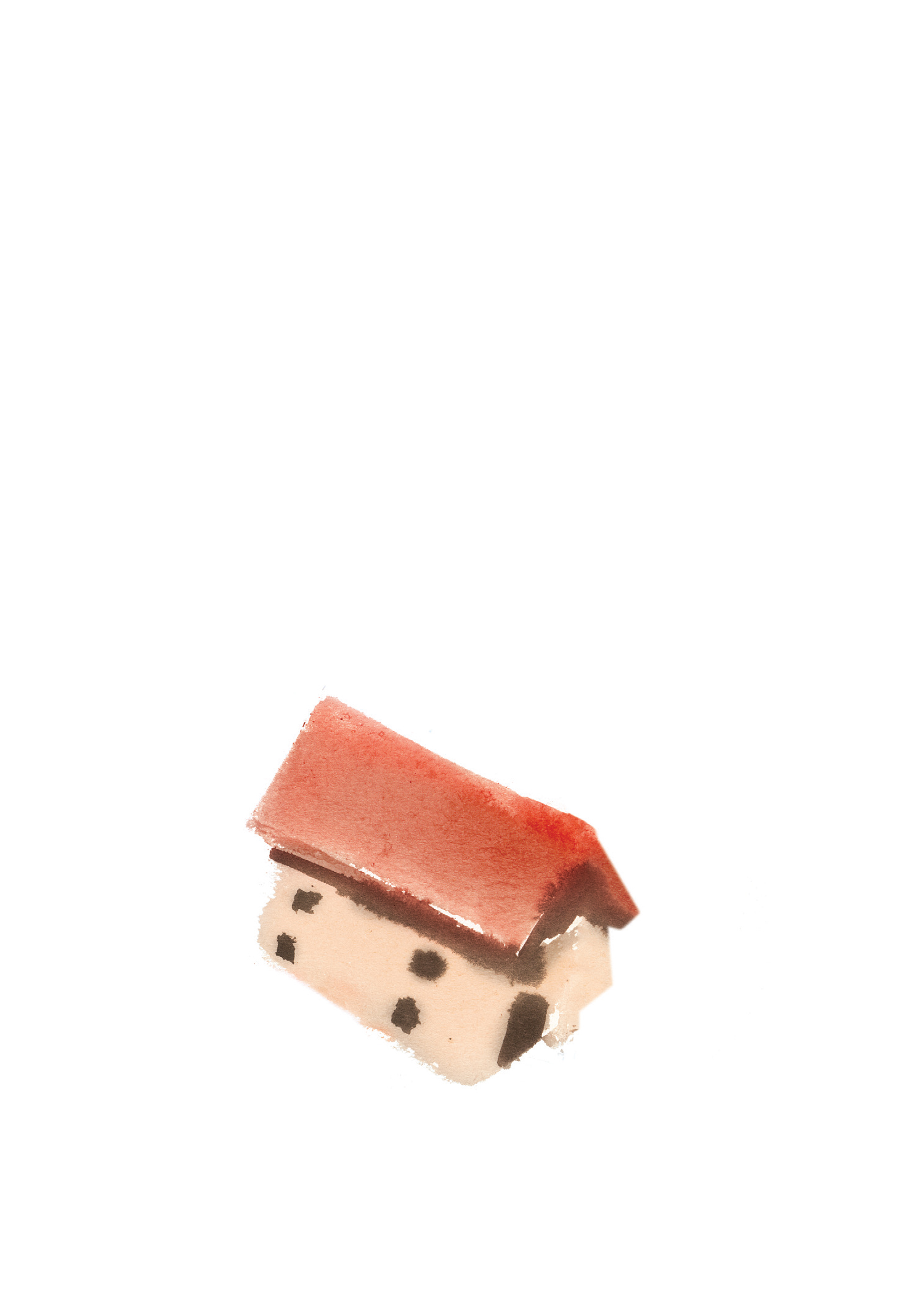
Note
Not long ago, my husband and I arrived home to find a message from our neighbor tacked on the door: Hey Half-grown black bear in our yard. Friday, about 6:00 pm. Headed in your direction Tillman. The bear never showed up, but I was so taken with this note that I framed it and hung it on the doorframe where it remains today. In part, it was the sense of anticipation it generated; just seeing it every time I came home had me imagining that a black bear might stroll into the yard at any moment. But as the months passed, I came to realize it was more than that. The place we live is at the edge of the woods at the bottom of a mountain, and in less than twenty words, the little memo reminds me several times a day of all the things headed in our direction that I will never see and never know.


